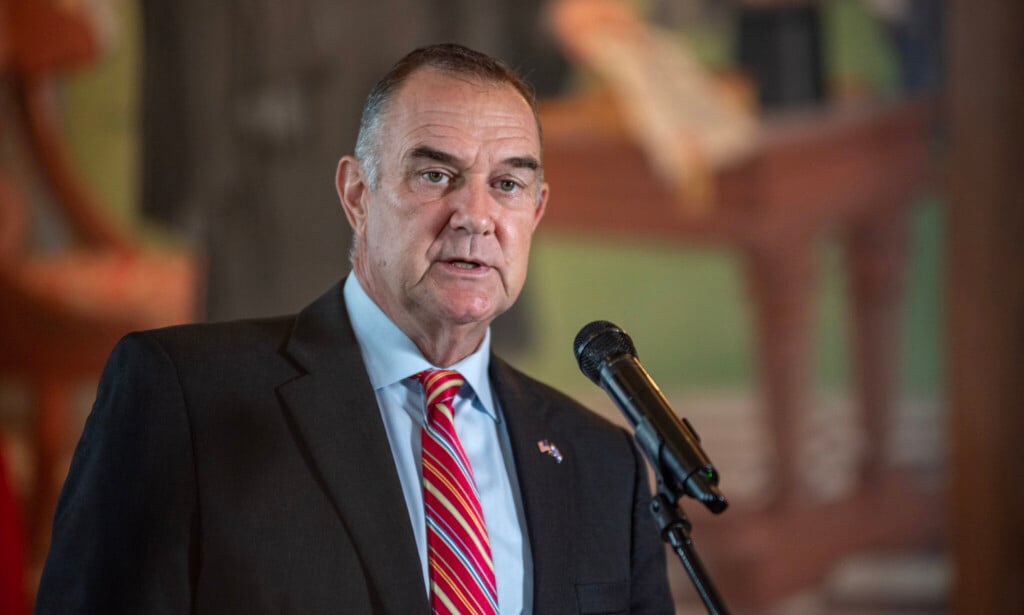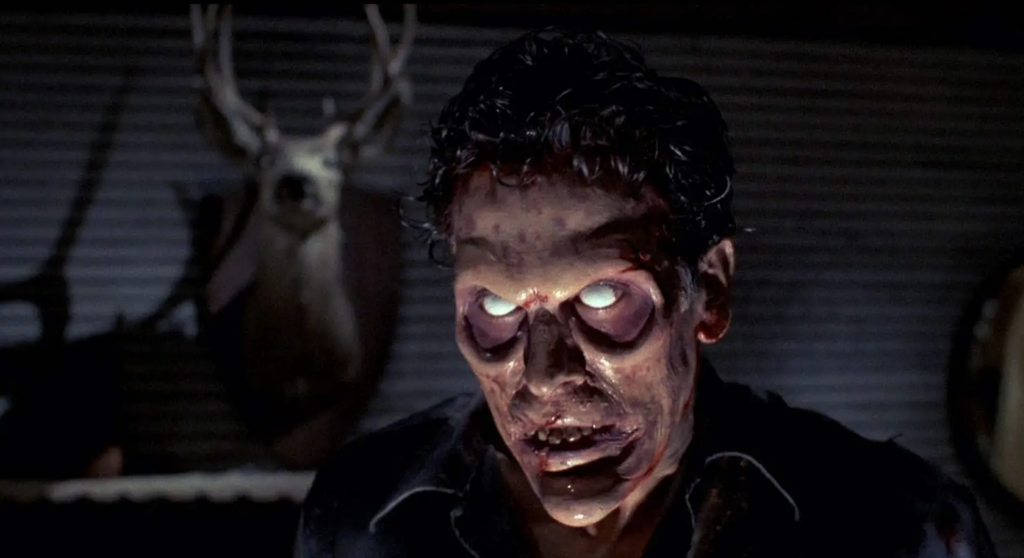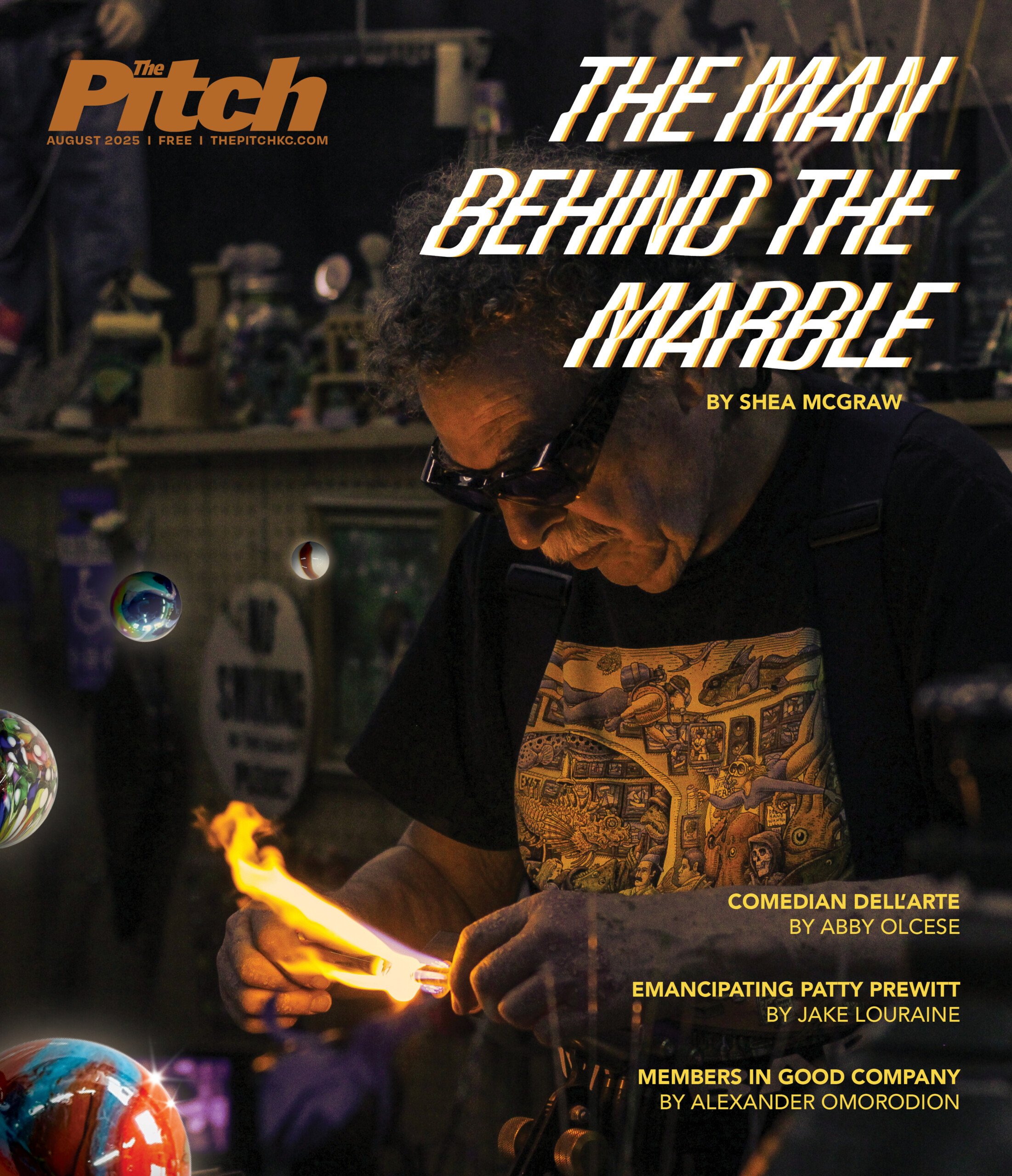Richard Linklater: Dream Is Destiny co-director Karen Bernstein brings her doc to KC
Richard Linklater has never attended Kansas City Film Fest or its predecessor, the Kansas City Filmmakers Jubilee, but the Austin, Texas-based director’s legacy has been a vital part of both the event and independent film in general. Now, three decades into his career, he’s on a serious critical and commercial roll, coming off the Oscar-nominated Before Midnight and Boyhood and getting great reviews this month for his latest: the college baseball comedy Everybody Wants Some!!
This year’s Film Fest program features Linklater’s 1970s-set Dazed and Confused and a new documentary on the filmmaker called Richard Linklater: Dream Is Destiny. Actor Jason London is slated to attend the former. And Dream co-director Karen Bernstein is coming to KC with her doc.
Bernstein has examined the lives of singer Ella Fitzgerald, Lou Reed and Clint Eastwood as a producer for the PBS series American Masters, and she also produced the locally shot Iraq War documentary Body of War. She spoke with The Pitch by phone from her home in Austin.
The Pitch: Why do you think Richard Linklater and his movies deserve to be on American Masters?
Bernstein: I think it says a lot about the series and how the series has changed, too. I worked for the series in the 1990s for eight years, all told. I worked for Susan Lacy, who has since left the series for HBO. She had a list in her office from Life magazine of the top 100 artists and cultural figures of the 20th century, and I would say, “What about so-and-so?” She would bring out the list and see. Strangely enough, Bob Marley was on that list, even though he wasn’t born in the United States. Everything radiated from that list. The people were either very old or dead.
When I moved to Austin and I was looking around, as any producer would, to what are the films being made here, Rick was one of the first people I met in the first few months. He was a very welcoming, interesting guy in addition to being a filmmaker that I admired. I also met [Austin Chronicle founder and South by Southwest co-founder] Louis Black, who was my co-director. This area has been called “the Third Coast,” but I think that’s kind of a pretentious title. It has a film scene, but it’s so off the grid compared to New York or Los Angeles. Rick Linklater was really the progenitor of that.
A friend of mine named Michael Kantor took the series over. He got it. I told him I always wanted to do something on Richard Linklater, and I think the time has come. The timing then was really good because people were just starting to talk about Boyhood. It made total sense. I said, “Here’s the urgency: Richard is on the edge of filming his next movie, which turned out to be Everybody Wants Some!! My only regret was that we weren’t able to use as much of the behind-the-scenes footage as we wanted to, but Boyhood had emerged as arguably his best work at that point, and it would have been a shame to make the film and not include as much of the behind-the-scenes footage that we had of Boyhood. We just railroaded the thing through. I don’t think Michael even had a moment to really ponder if this guy was even worthy of American Masters or not.
The one other interesting thing is that it does mark how the series is changing. In one of the speeches that Michael gave in introducing this film, he said that Richard is young enough — he’s 55 — that we as a series can revisit him in 15 years. There’s nothing saying that we can’t do part two of this. I find that exciting.
Libraries are littered with DVDs and VHS tapes from filmmakers who made breakthrough films in the late 1980s and early 1990s and then disappeared, whereas Linklater is still active.
He’s survived, and he says in the documentary he lucked out. He made Slacker at a time when the world was craving that. They wanted something that was purely independent and funky and regional like that. That had not happened before. If Slacker came out today, people would just say, “Whoopie. We’ve got 5,000 other films like that now.”
The dense journals you show excerpts from in the film reveal that he’s also rather practical. Most artistic types don’t list every expense they run up along with their notes. That might explain why he could get away with making a risky film like Boyhood.
In the first letter that Rick wrote [to indie film guru John] Pierson, in 1991, you could see all the elements that work in Rick. When you read that letter from beginning to end, you can tell he’s quite savvy and he knows the audience for his films. He’s thought about how it will fit into the pantheon of cinema today. He’s done his homework. He’s not a complete naïve person who happened to make a good film. That’s what makes him interesting. He’s a modest person. He is completely self-centered, on his work.
There had been a huge fire in Bastrop [Texas, 30 miles southeast of Austin], where he had the property where we filmed on. It completely wiped out his property and most of his archive. He lost nearly everything except for this one packet you see in the film. As a result, he really hasn’t checked in with his past as you might because he hadn’t been there since 2008. I sort of talked him into looking for it. By the time we sat down, he had spent a day reading through his journals, the one or two that are left. It was fascinating for him because he hadn’t thought about these things in so long. If you look at the unexpurgated sections with Louis, he’s quite moved. He looks back, but he looks back selectively, so we forced him to look back some more.
How tough was it to focus on individual films? He’s got several like Me and Orson Welles that are great but haven’t seen wide release.
The hardest part about making a film about anybody is just that. If I had a criticism of this film and myself, it is that we included too many films. To get a sense of who this person is, to do a clip approach or a compendium approach is the worst way because then it becomes “and then he did this.” You might as well be doing a chronology, but you are producing something that’s art, so you need to mention all the work. It’s a tricky balance. If I were to do this over again, I may not have included so many films.
We fought chronology. Some of other cuts were way out of chronology. The thing is that Rick has one of those lives that works chronologically. One film really builds up to the next. To avoid that is confusing people. He plays so much with time. That is always the biggest theme. We knew that if we stuck with that theme of time, we’d be OK.




